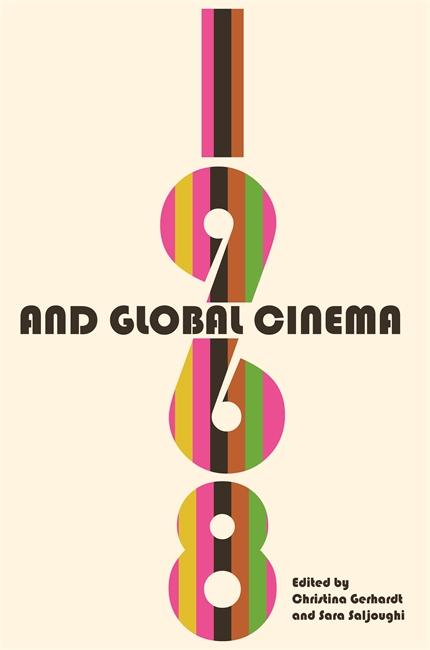 |
1968 and Global CinemaSara Saljoughi 1968 and Global Cinema addresses a notable gap in film studies. Although scholarship exists on the late 1950s and 1960s New Wave films, research that puts cinemas on 1968 into dialogue with one another across national boundaries is surprisingly lacking. Only in recent years have histories of 1968 begun to consider the interplay among social movements globally. The essays in this volume, edited by Christina Gerhardt and Sara Saljoughi, cover a breadth of cinematic movements that were part of the era’s radical politics and independence movements. Focusing on history, aesthetics, and politics, each contribution illuminates conventional understandings of the relationship of cinema to the events of 1968, or "the long Sixties." Want to learn more about Prof. Salikoughi's research and teaching? Visit her profile here. |
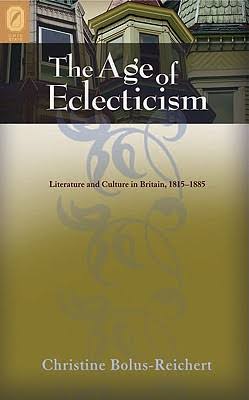 |
The Age of Eclecticism: Literature and Culture in Britan, 1815-1885Christine Bolus-Reichert “The burden of the past” invoked by any discussion of eclecticism is a familiar aspect of modernity, particularly in the history of literature. The Age of Eclecticism: Literature and Culture in Britain, 1815–1885 by Christine Bolus-Reichert aims to reframe that dynamic and to place it in a much broader context by examining the rise of a manifold eclecticism in the nineteenth century. Bolus-Reichert focuses on two broad understandings of eclecticism in the period—one understood as an unreflecctive Want to learn more about Prof. Bolus-Reichert's research and teaching? Visit her profile here. |
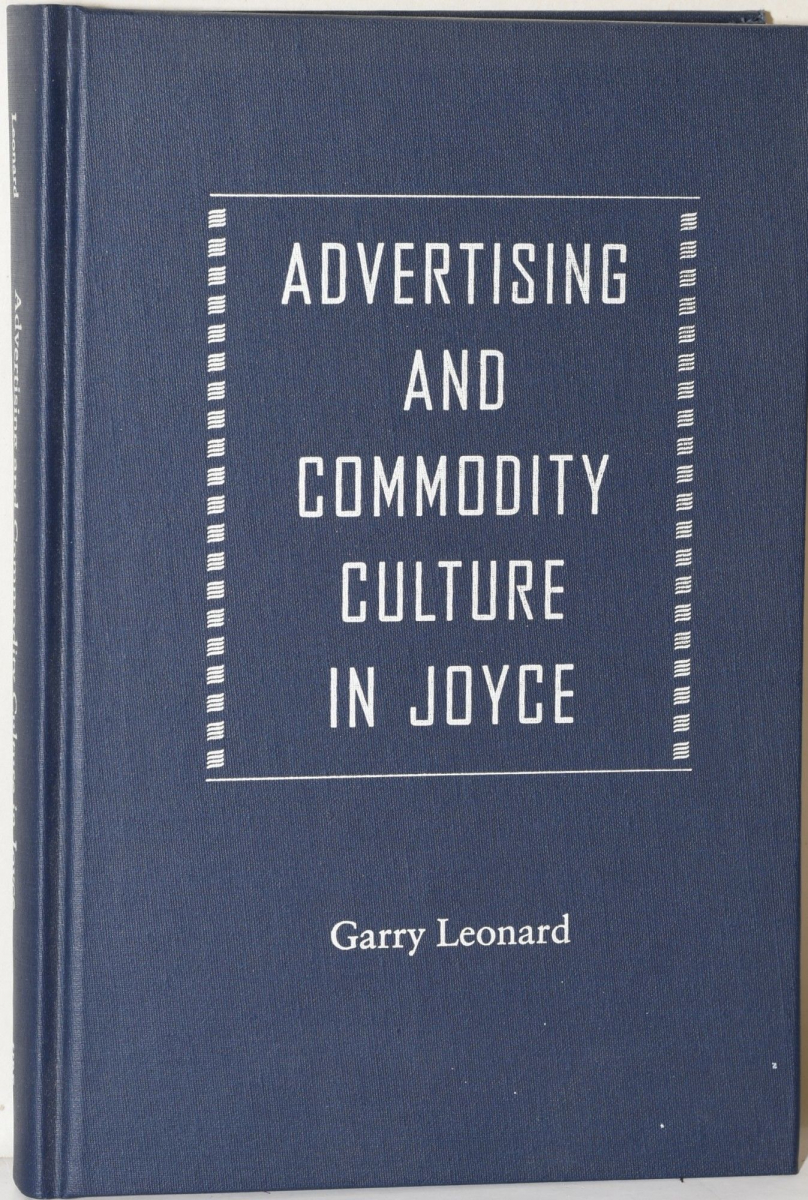 |
Advertising and Commodity Culture in JoyceGarry Leonard Garry Leonard looks in detail at Joyce’s representation of a phenomenon that dominates the contemporary landscape: advertising. Taking readers back to its beginnings, Leonard shows that advertising was a central preoccupation of Joyce, one that helps us unravel his often difficult style. Building on the work of cultural theorists like Lacan, Foucault, Baudrillard, Irigiray, and others, Leonard examines commodity culture in Joyce's work and demonstrates the ways in which characters use (or are used by) modern advertising techniques to make their own identities more intelligible and to fill the Lacanian "permanent lack" of modern identity. The commonality of religion and advertising, the use of "kitsch" as a rhetorical device, the commodity market's exploitation of the proletariat, the role of pornography, the impact of advertising's "normative" modes of dress and behavior, and the role of the modern city as a modernist trope are all explored as aspects of Joyce's work or as pressures faced by his characters. As Leonard demonstrates, "culture" in Joyce is the product of a complex response to psychological, sociological, political, economic, and aesthetic pressures. In Joyce, advertising, as a product of that culture, serves both to reinforce the hegemonic discourse of the day and to subvert it. Want to learn more about Prof. Leonard's research and teaching? Visit his profile here. |
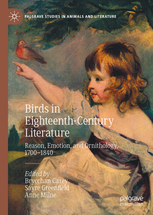 |
Birds in Eighteenth-Century Literature: Reason, Emotion, and Ornithology 1700-1840Anne Milne This book examines literary representations of birds from across the world in anage of expanding European colonialism. It offers important new perspectives intothe ways birds populate and generate cultural meaning in a variety of literary andnon-literary genres from 1700–1840 as well as throughout a broad range ofecosystems and bioregions. It considers a wide range of authors, including someof the most celebrated figures in eighteenth-century literature such as John Gay,Henry Fielding, Laurence Sterne, Anna Letitia Barbauld, William Cowper, Mary Wollstonecraft, Thomas Bewick, Charlotte Smith, William Wordsworth, and Gilbert White. Want to learn more about Prof. Milne's research and teaching? Visit her profile here. |
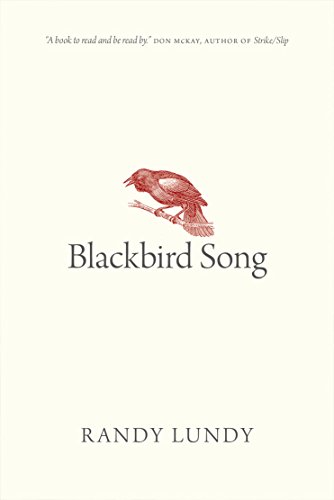 |
Blackbird SongRandy Lundy An exquisite series of meditations on memory, evanescence and the land. Randy Lundy draws deeply from his Cree heritage and equally from European and Asian traditions. Readers will be reminded by turns of Simon Ortiz, P?r Lagerkvist, and Jane Hirshfield. This is the mind of prayer, a seeing and re-seeing of the immense cyclic beauty of the earth. Want to learn more about Prof. Lundy's research and teaching? Visit his profile here. |
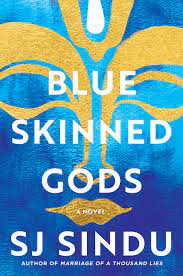 |
Blue Skinned GodsSJ Sindu In Tamil Nadu, India, a boy is born with blue skin. His father sets up an ashram, and the family makes a living off of the pilgrims who seek the child’s blessings and miracles, believing young Kalki to be the tenth human incarnation of the Hindu god Vishnu. In Kalki’s tenth year, he is confronted with three trials that will test his power and prove his divine status and, his father tells him, spread his fame worldwide. While he seems to pass them, Kalki begins to question his divinity. Over the next decade, his family unravels, and every relationship he relied on—father, mother, aunt, uncle, cousin—starts falling apart. Traveling from India to the underground rock scene of New York City, Blue-Skinned Gods explores ethnic, gender, and sexual identities, and spans continents and faiths, in an expansive and heartfelt look at the need for belief in our globally interconnected world. Want to learn more about Prof. Sindu's research and teaching? Visit her profile here. |
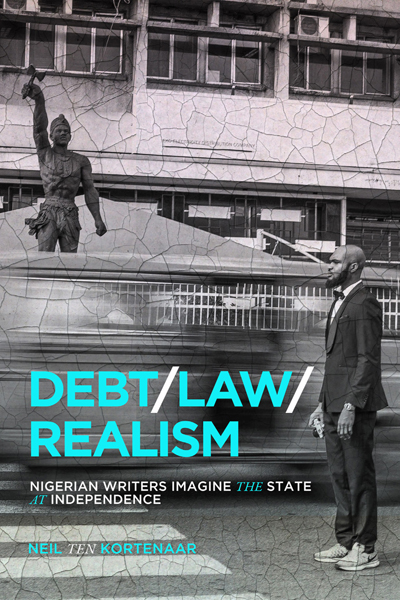 |
Debt Law Realism: Nigerian Writers Imagine the State at IndepedenceNeil Ten Kortenaar In the decade before and after independence, Nigerians not only adopted the novel but reinvented the genre. Nigerian novels imagined the new state, with its ideals of the rule of law, state sovereignty, and a centralized administration. Debt, Law, Realism argues that Nigerian novels were not written for a Western audience, as often stated, but to teach fellow citizens how to envision the state. The first Nigerian novels were overwhelmingly realist because realism was a way to convey the understanding shared by all subject to the rule of law. Debt was an important theme used to illustrate the social trust needed to live with strangers. But the novelists felt an ambivalence towards the state, which had been imposed by colonial military might. Even as they embraced the ideal of the rule of law, they kept alive a memory of other ways of governing themselves. Many of the first novelists - including Chinua Achebe - were Igbos, a people who had been historically stateless, and for whom justice had been a matter of interpersonal relations, consensus, and reciprocity, rather than a citizen’s subordination to a higher authority. Want to learn more about Prof. Kortenaar's research and teaching? Visit his profile here. |
DisPossession: Haunting in Canadian FictionMarlene Goldman Much of Canada's contemporary fiction displays an eerie fascination with the supernatural. In DisPossession, Marlene Goldman investigates the links between spectral motifs and the social and historical influences that have shaped Canada. Incorporating both psychoanalytic and non-traditional methods of literary analysis, Goldman explores the ways in which spectral fictions are an expression of definitive Canadian experiences such as the clashes between invading settler and indigenous populations, the losses incurred by immigration and diaspora, and the alienation of the female body. In so doing, Goldman unearths some of the "ghosts" of Canadian society itself - old tensions and injustices that continue to haunt ethnic and gender relations. An important contribution to the discussion of the challenges posed by the Gothic to dominant literary, political, and social narratives, DisPossession asserts that Canadian spectral fictions have the power to alter accepted versions of Canadian history by invoking and troubling the process of generating collective memories. Want to learn more about Prof. Goldman's research and teaching? Visit her profile here. |
|
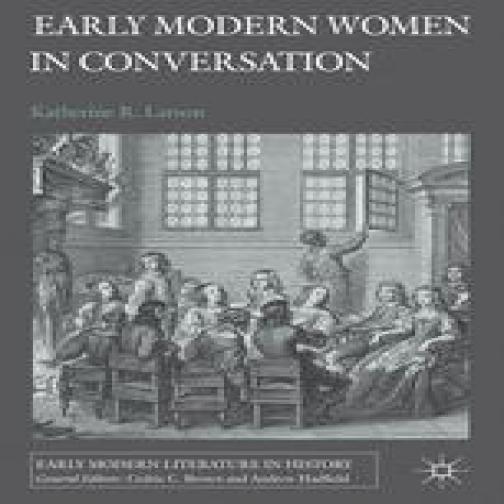 |
Early Modern Women in ConversationKatherine L. Larson In 16th and 17th century England conversation was an embodied act that held the capacity to negotiate, manipulate and transform social relationships. Early Modern Women in Conversation illuminates the extent to which gender shaped conversational interaction and demonstrates the significance of conversation as a rhetorical practice for women. Want to learn more about Prof. Larson's research and teaching? Visit her profile here. |
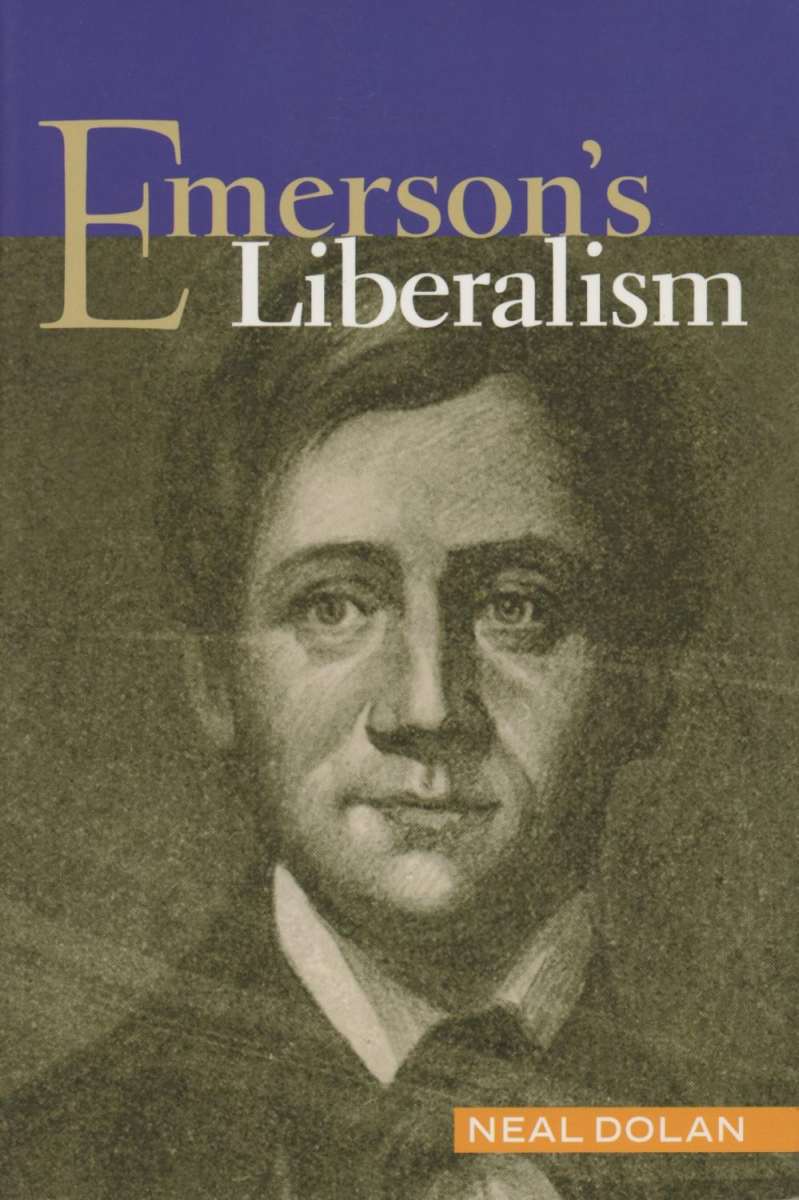 |
Emerson's LiberalismNeal Dolan Emerson’s Liberalism explains why Ralph Waldo Emerson has been and remains the central literary voice of American culture: he gave ever-fresh and lasting expression to its most fundamental and widely shared liberal values. Liberalism, after all, is more than a political philosophy: it is a form of civilization, a set of values, a culture, a way of representing and living in the world. This book makes explicit what has long been implicit in America’s embrace of Emerson. Neal Dolan offers the first comprehensive and historically informed exposition of all of Ralph Waldo Emerson’s writings as a contribution to the theory and practice of liberal culture. Rather than projecting twentieth-century viewpoints onto the past, he restores Emerson’s great body of work to the classical liberal contexts that most decisively shaped its general political-cultural outlook—the libertarian-liberalism of John Locke, the Scottish Enlightenment, the American founders, and the American Whigs. Want to learn more about Prof. Dolan's research and teaching? Visit his profile here. |
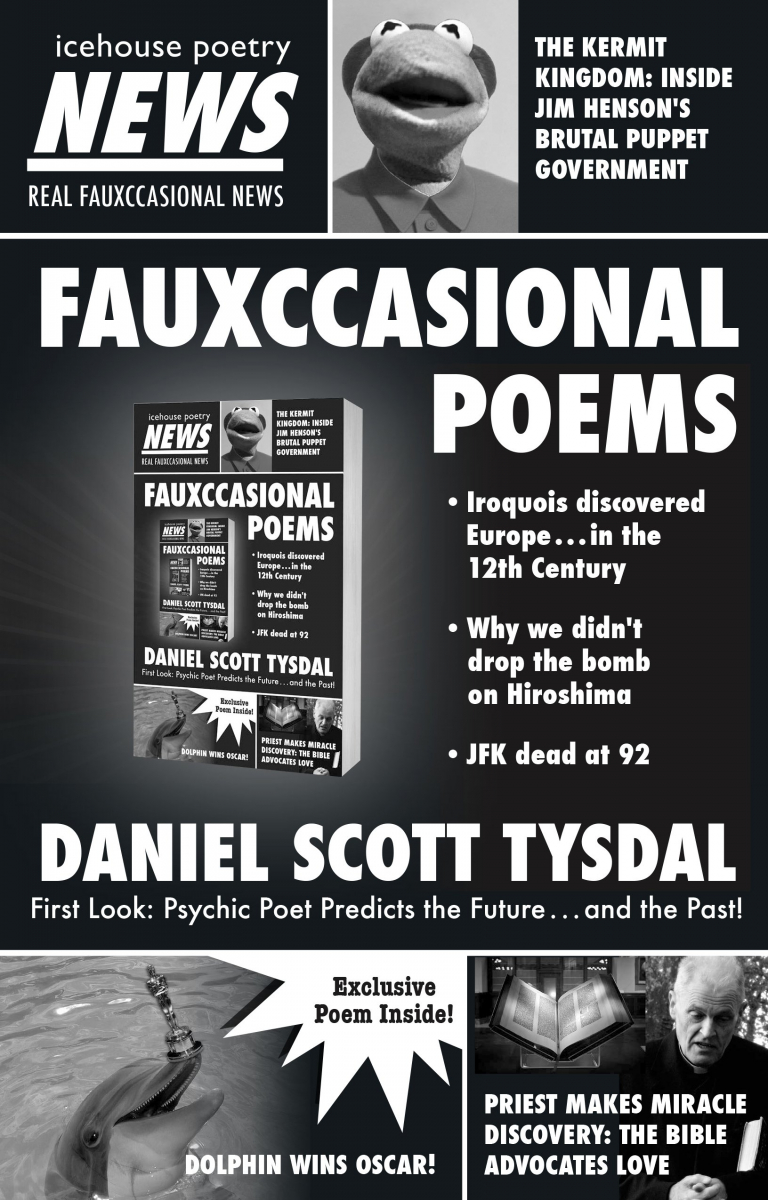 |
Fauxccasional PoemsDaniel Scott Tysdal In Fauxccasional Poems, Daniel Scott Tysdal imagines himself into poetic voices not his own, writing to commemorate events that never occurred, for the posterity of alternative universes — and the delight of our own. From the reign of the first philosopher king once envisioned by Plato, to the twelfth-century Iroquois colonization of Europe, to Barack Obama's career as a poet, to the lasting peace to come under the rule of the Democratic Kampuchea Global Party, Tysdal envisions the paths not taken and what might have been. In these poems, the crew of the Enola Gay refuse to drop the atomic bomb on Hiroshima, John F. Kennedy evades assassination, and Karl Marx moonlights as an agent provocateur for a capitalist consortium. Want to learn more about Prof. Tysdal's research and teaching? Visit his profile here. |
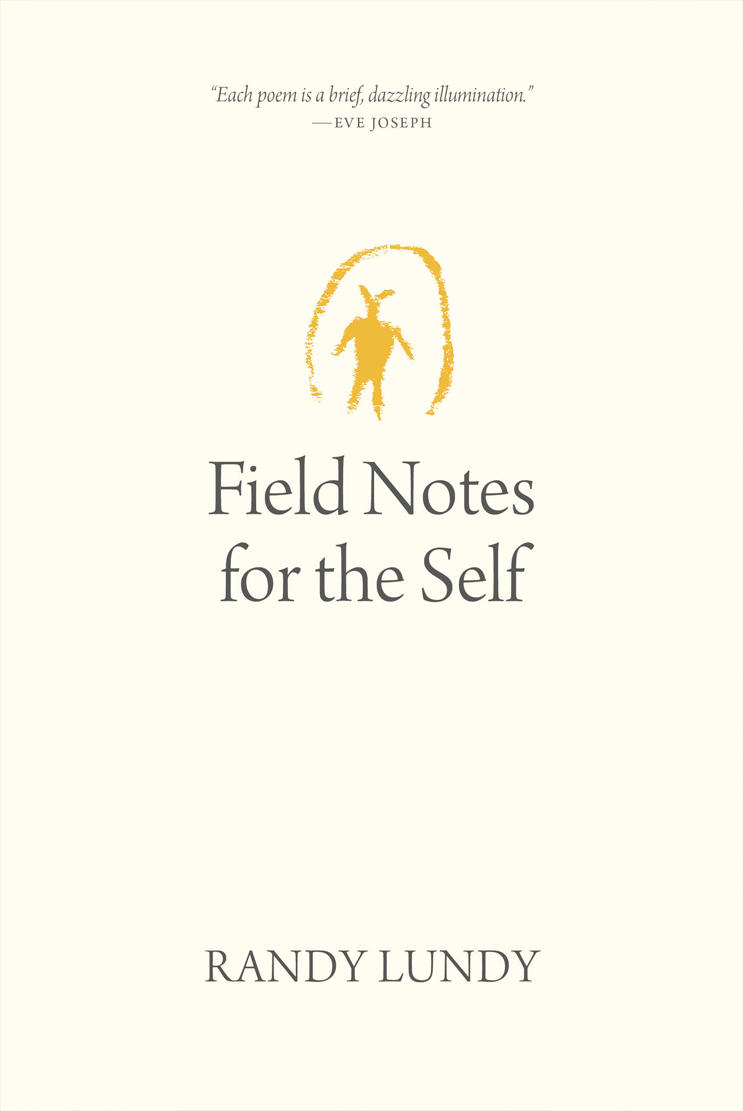 |
Field Notes for the SelfRandy Lundy Field Notes for the Self is a series of dark meditations: spiritual exercises in which the poem becomes a forensics of the soul. The poems converse with Patrick Lane, John Thompson, and Charles Wright, but their closest cousins may be Arvo Pärt’s tintinnabulations—overlapping structures in which notes or images are rung slowly and repeatedly like bells. The goal is freedom from illusion, freedom from memory, from “the same old stories” of Lundy’s violent past; and freedom, too, from the unreachable memories of the violence done to his Indigenous ancestors, which, Lundy tells us, seem to haunt his cellular biology. Rooted in exquisitely modulated observations of the natural world, the singular achievement of these poems is mind itself, suspended before interior vision like a bit of crystal twisting in the light. Want to learn more about Prof. Lundy's research and teaching? Visit his profile here. |
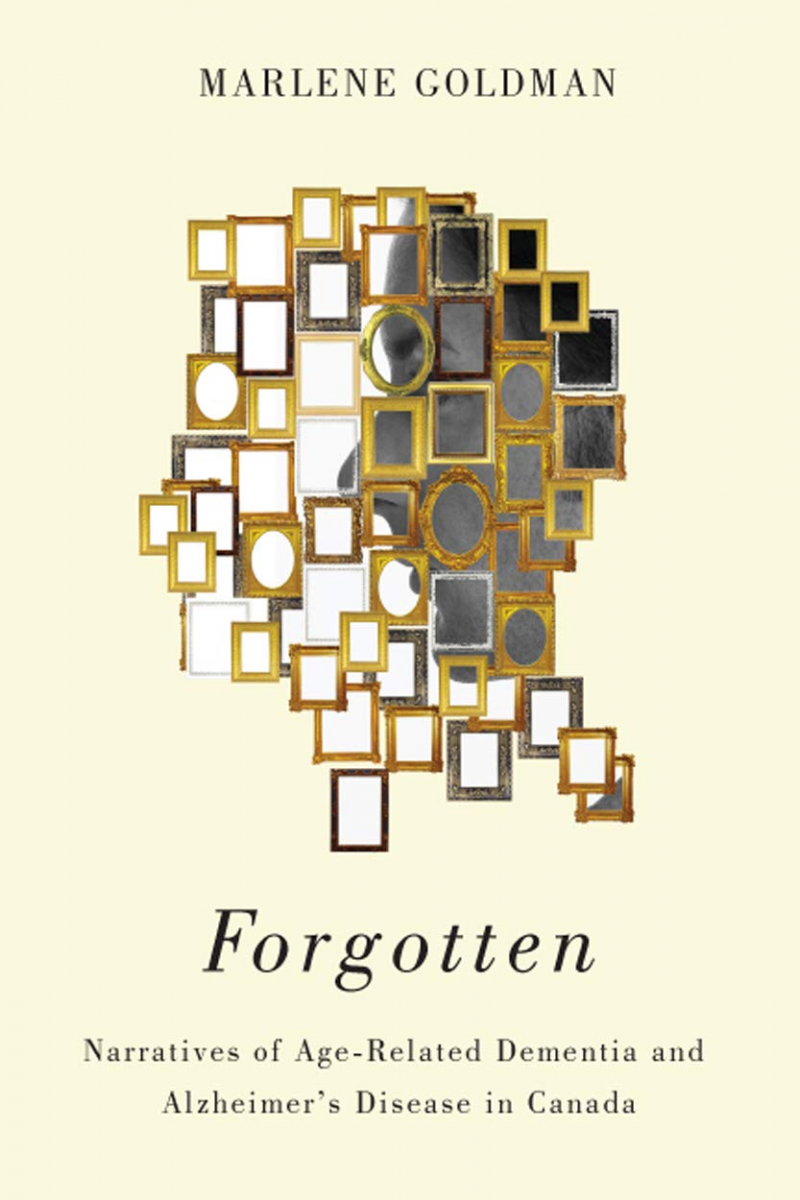 |
Forgotten: Narratives of Age-Related Dementia and Alzheimer's Disease in CanadaMarlene Goldman Since the 1860s, long before scientists put a name to Alzheimer’s disease, Canadian authors have been writing about age-related dementia. Originally, most of these stories were elegies, designed to offer readers consolation. Over time they evolved into narratives of gothic horror in which the illness is presented not as a normal consequence of aging but as an apocalyptic transformation. Weaving together scientific, cultural, and aesthetic depictions of dementia and Alzheimer’s disease, Forgotten asserts that the only crisis associated with Canada’s aging population is one of misunderstanding. Want to learn more about Prof. Goldman's research and teaching? Visit her profile here. |
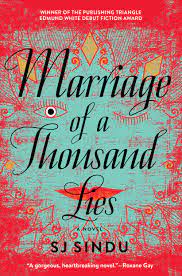 |
Marriage of a Thousand LiesSJ Sindu Lucky and her husband, Krishna, are gay. They present an illusion of marital bliss to their conservative Sri Lankan–American families, while each dates on the side. It’s not ideal, but for Lucky, it seems to be working. She goes out dancing, she As the connection between the two women is rekindled, Lucky tries to save Nisha from entering a marriage based on a lie. But does Nisha really want to be saved? And after a decade’s worth of lying, can Lucky break free of her own circumstances and build a new life? Is she willing to walk away from all that she values about her parents and community to live in a new truth? As Lucky—an outsider no matter what choices she makes—is pushed to the breaking point, Marriage of a Thousand Lies offers a vivid exploration of a life lived at a complex intersection of race, sexuality, and nationality. The result is a profoundly American debut novel shot through with humor and loss, a story of love, family, and the truths that define us all. Want to learn more about Prof. Sindu's research and teaching? Visit her profile here. |
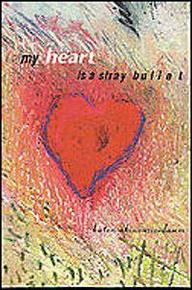 |
The Heart is a Stray BulletKateri Akiwenzie-Damm my heart is a stray bullet is the first collection of poems by Kateri Akiwenzie-Damm. The poems in this collection examine issues of identity, positionality, desire, and unity from the perspective of a First Nations woman of mixed ancestry. Want to learn more about Prof. Akiwenzie-Damm's research and teaching? Visit her profile here. |
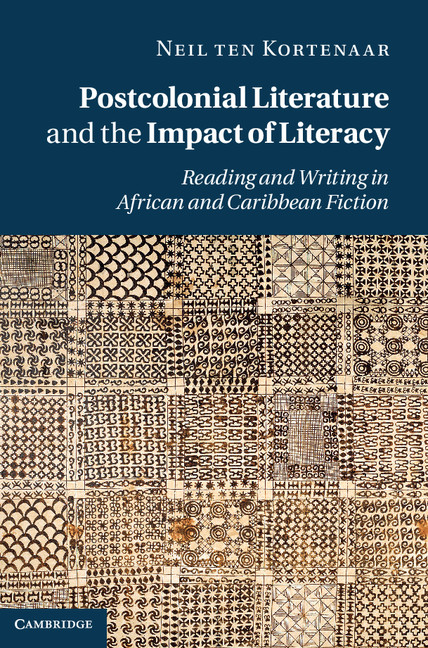 |
Postcolonial Literature and the Impact of Literacy: Reading and Writing in African Caribbean FictionNeil Ten Kortenaar Examining images of literacy in African and West Indian novels, Neil ten Kortenaar looks at how postcolonial authors have thought about the act of writing itself. Writing arrived in many parts of Africa as part of colonization in the twentieth century, and with it a whole world of book-learning and paper-pushing; of school and bureaucracy; newspapers, textbooks and letters; candles, hurricane lamps and electricity; pens, paper, typewriters and printed type; and orthography developed for formerly oral languages. Writing only penetrated many layers of West Indian society in the same era. The range of writers is wide, and includes Chinua Achebe, Wole Soyinka and V. S. Naipaul. The chapters rely on close reading of canonical novels, but discuss general themes and trends in African and Caribbean literature. Ten Kortenaar's sensitive and penetrating treatment of these themes makes this an important contribution to the growing field of postcolonial literary studies. Want to learn more about Prof. Kortenaar's research and teaching? Visit his profile here. |
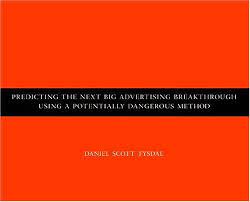 |
Predicting the Next Big Advertising Breakthrough Using a Potentially Dangerous MethodDaniel Scott Tysdal An energetic, funny, and experimental first poetry manuscript which takes emotional as well as formal risks. Predicting the Next Big Advertising Breakthrough Using a Potentially Dangerous Method acknowledges the dangers of the technological age, with a combination of irreverence and reverence for technology and pop culture. From the poem, "Zombies, a Catalogue of their Return" to the piece "Missing," Dan Tysdal leads us in and out of the cyber labyrinth while simultaneously criticizing and lampooning it. Want to learn more about Prof. Tysdal's research and teaching? Visit his profile here. |
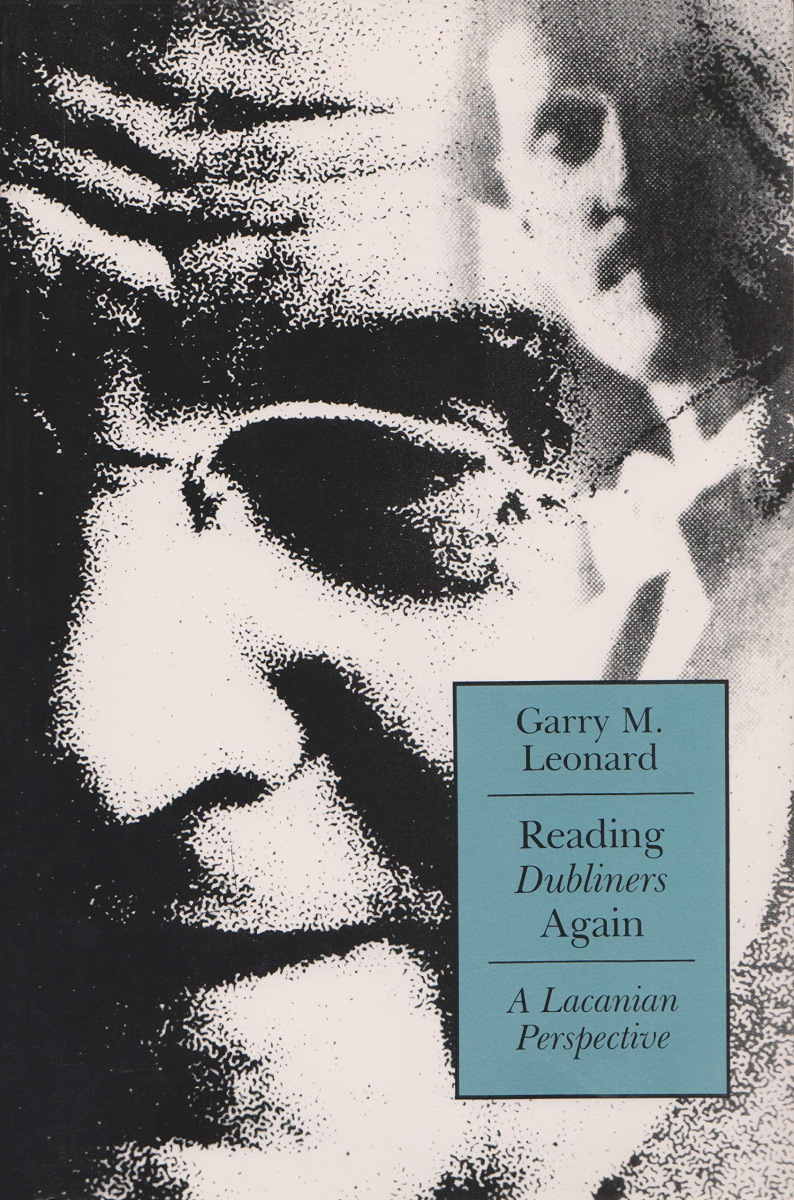 |
Reading Dubliners Again: A Lacanian PerspectiveGarry M. Leonard "The Detective and the Cowboy," "Wondering Where All the Dust Comes From," "Ejaculations and Silence," and "Where the Corkscrew Was"these are Garry Leonard's chapter titles for his readings of four of the stories, "An Encounter," "Eveline," "The Boarding House," and "Clay." The titles convey the freshness and thoughtfulness that are indicative of all of Leonard's new readings of these fifteen often-read stories. Leonard begins with an excellent overview of Lacan and proceeds to examine each story in a separate chapter. Lacan's rethinking of human subjectivity plays throughout the book and ultimately unites it. Not only does Leonard's work preserve the complex interplay between Lacanian theory and Joyce's texts, but also completes another and no less significant project: the rescuing of Dubliners from the category of "easy Joyce." Want to learn more about Prof. Leonard's research and teaching? Visit his profile here. |
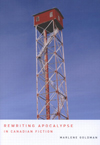 |
Rewriting Apocalypse in Canadian FictionMarlene Goldman Rewriting Apocalypse in Contemporary Canadian Fiction is the first book to explore the literary, psychological, political, and cultural repercussions of the apocalypse in the fiction of Timothy Finley, Michael Ondaatje, Margaret Atwood, Thomas King, and Joy Kogawa. Want to learn more about Prof. Goldman's research and teaching? Visit her profile here. |
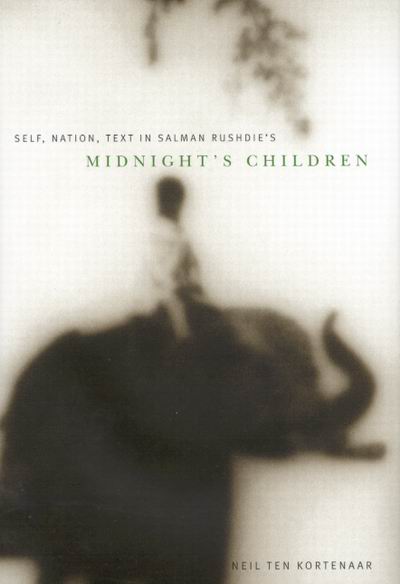 |
Self, Nation, Text in Salman Rushdie's Midnight ChildrenNeil Ten Kortennar Many non-Indian readers find the historical and cultural references in Salman Rushdie's Midnight's Children demanding. In his close reading of the novel, Neil ten Kortenaar offers post-colonial literary strategies for understanding Midnight's Children that also challenge some of the prevailing interpretations of the novel. Using hybridity, mimicry, national allegory, and cosmopolitanism, all key critical concepts of postcolonial theory, ten Kortenaar reads Midnight's Children as an allegory of history, as a Bildungsroman and psychological study of a burgeoning national consciousness, and as a representation of the nation. He shows that the hybridity of Rushdie's fictional India is not created by different elements forming a whole but by the relationship among them. Want to learn more about Prof. Kortenaar's research and teaching? Visit his profile here. |
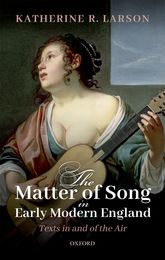 |
The Matter of Song in Early Modern England: Texts in and of the AirKatherine R. Larson Given the variety and richness of the sixteenth- and seventeenth-century English “songscape,” it might seem unsurprising to suggest that early modern song needs to be considered as sung. When a reader encounters a song in a sonnet sequence, a romance, and even a masque or a play, however, the tendency is to engage with it as poem rather than as musical performance. The Matter of Song in Early Modern England: Texts in and of the Air opens up the notion of song from a performance-based perspective and considers the implications of reading early modern song not simply as lyric text but as embodied and gendered musical practice. Want to learn more about Prof. Larson's research and teaching? Visit her profile here. |
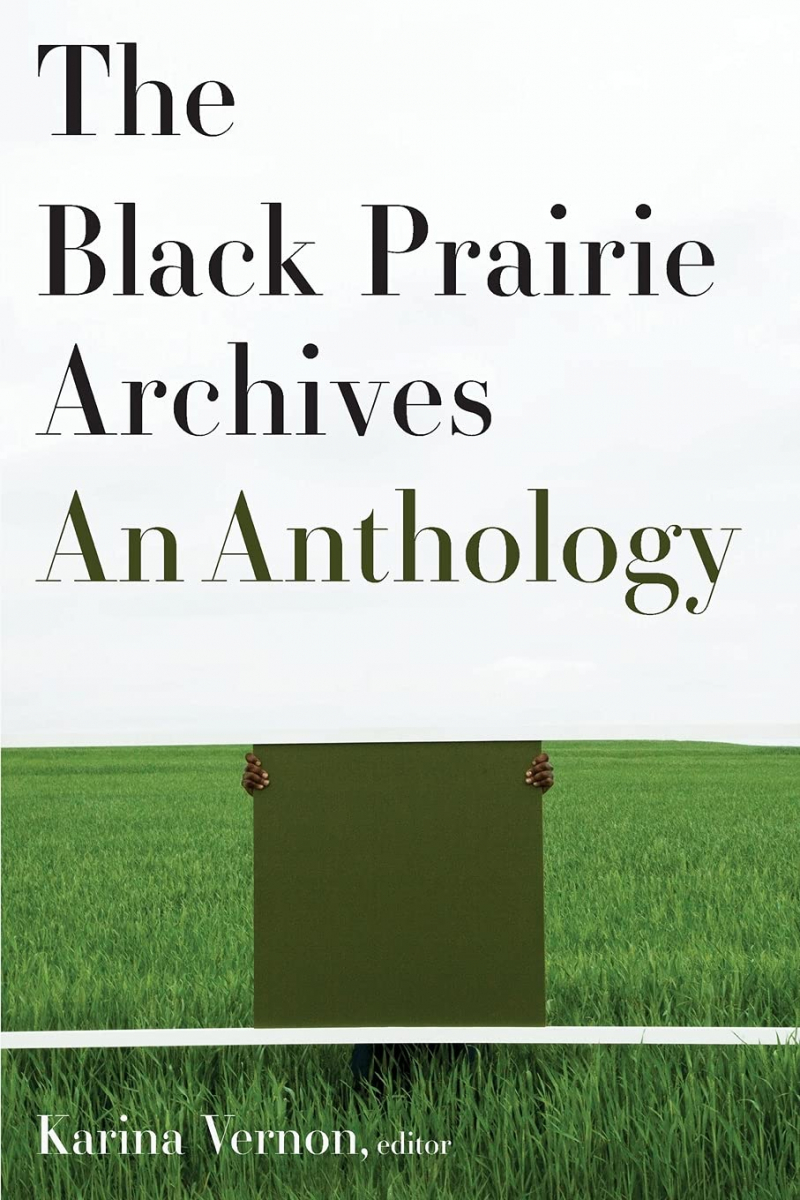 |
Black Prairie Archives An AnthologyKarina Vernon This anthology establishes a new black prairie literary tradition and transforms inherited understandings of what prairie literature looks and sounds like. It collects varied and unique work by writers who were both conscious and unconscious of themselves as black writers or as “prairie” people. Their letters, recipes, oral literature, autobiographies, rap, and poetry- provide vivid glimpses into the reality of their lived experiences and give meaning to them. The book includes introductory notes for each writer in non-specialist language, and notes to assist readers in their engagement with the literature. This archive and its supporting text offer new scholarly and pedagogical possibilities by expanding the nation’s and the region’s archives. They enrich our understanding of black Canada by bringing to light the prairies' black histories, cultures, and presences. Want to learn more about Prof. Vernon's research and teaching? Visit her profile here. |
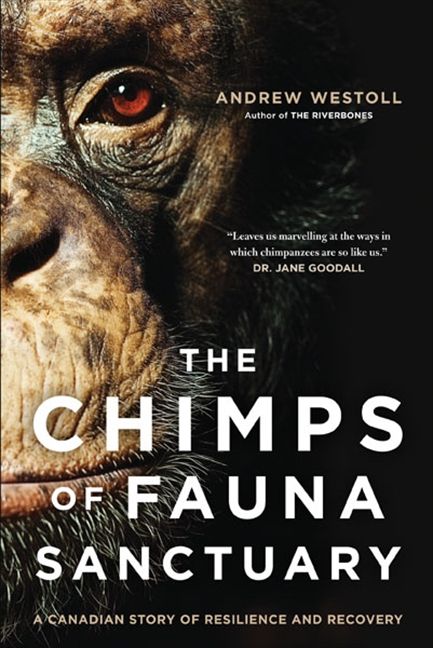 |
The Chimps of Fauna SanctuaryAndrew Westoll One magical summer, primatologist and author Andrew Westoll lived and worked at the Fauna Sanctuary, a refuge for thirteen chimpanzees rescued from a medical research lab. The Chimps of Fauna Sanctuary is Westoll's vivid account of his adventures as a volunteer caregiver in the chimphouse and a heart-wrenching biography of its residents. Through Westoll's eyes, we witness the chimps' remarkable recovery first-hand. Simple things like establishing friendships, nurturing alliances, grooming one another and playing games of tickle-chase are all poignant testament to the capacity of these animals to heal—and to learn how to be chimps again. Want to learn more about Prof. Westoll's research and teaching? Visit his profile here. |
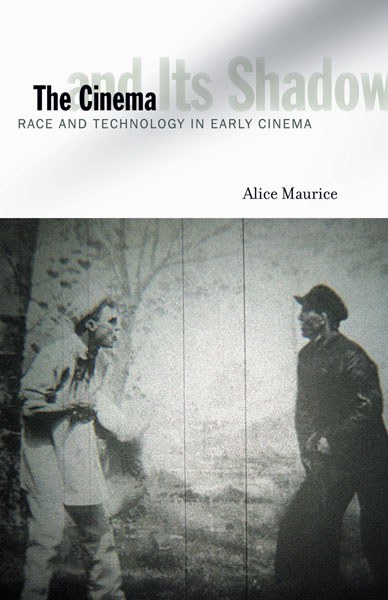 |
The Cinema and Its Shadow: Race and Technology in Early CinemaAlice Maurice The Cinema and Its Shadow argues that race has defined the cinematic apparatus since the earliest motion pictures, especially at times of technological transition. In particular, this work explores how racial difference became central to the resolving of cinematic problems: the stationary camera, narrative form, realism, the synchronization of image and sound, and, perhaps most fundamentally, the immaterial image—the cinema’s “shadow,” which figures both the material reality of the screen image and its racist past. Want to learn more about Prof. Maurice's research and teaching? Visit her profile here. |
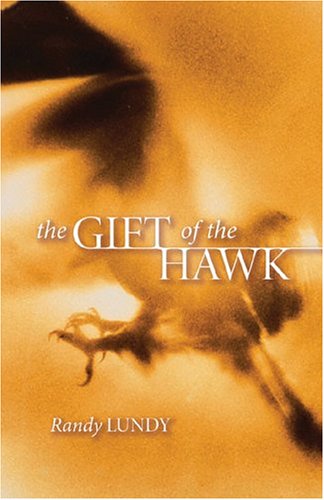 |
The Gift of the HawkRandy Lundy The real gift of the hawk is, in fact, silence. Randy Lundy leads us away from words to the images he finds in nature, as the set of symbols with which to think about life, the world, our place in it. He uses insects, birds, flowers, the moon, the sun, even rock, as these totemic signposts to the real world. Want to learn more about Prof. Lundy's research and teaching? Visit his profile here. |
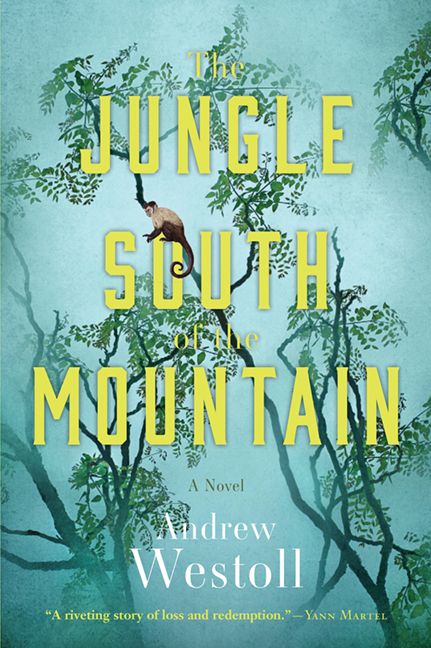 |
The Jungle South of the MountainAndrew Westoll n an unnamed country on the northern coast of South America, scientist Stanley is deeply embedded in the life of the rainforest. He’s been studying a troop of capuchin monkeys for eight years—seven since his wife, Maria, left him, and their mentor, Professor Collymore, mysteriously disappeared. The country is preparing for a hotly contested election, which promises to unleash ancient tensions among the populace. Stanley, however, is oblivious to this, focused only on his research and his conviction that Maria will one day come back to him. But then his research is violently threatened: one of his beloved monkeys goes missing, and then another. Something is killing them, one by one. Stanley decides to take matters into his own hands, but soon learns that there are forces in the jungle as difficult to quell as the spirit of rebellion brewing in the south. Soon, Stanley finds everything he holds dear—his livelihood, his monkeys, his very life—in danger. Want to learn more about Prof. Westoll's research and teaching? Visit his profile here. |
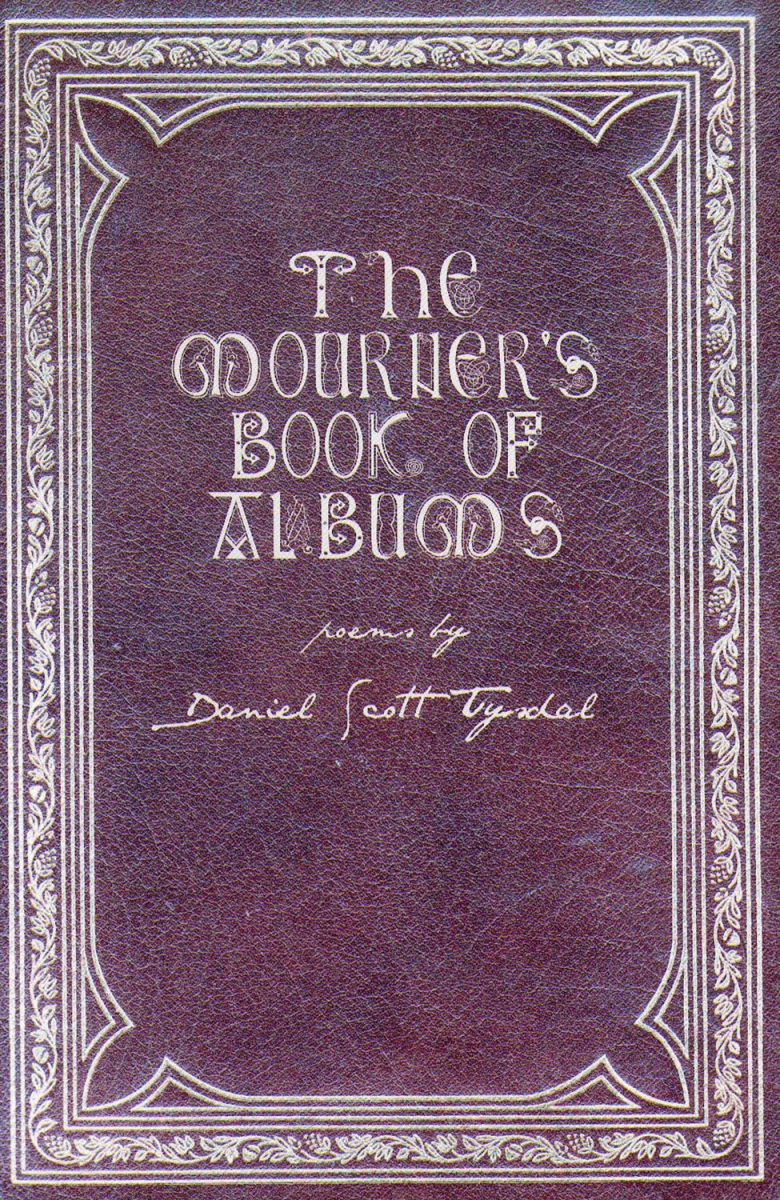 |
The Mourner's Book of AlbumsDaniel Scott Tysdal Using an unconventional blend of traditional and avant-garde forms, this collection of poetry explores both the elegiac tradition and the 21st century attitude of remembrance and grief. Encountering a wide range of arresting events—from a best friend’s suicide to the war in Afghanistan and improvised memorials to the plastinate corpses of Body Worlds—these innovative poems survey the forces and forms that shape what and how people mourn. The lively lines, vivid images, and richly-textured voices of the collection are composed in various forms—the lyric, the ballad, the graphic poem, and the fabricated document, among others—as a means of grappling with the many acts and practices that link the living and the dead. Want to learn more about Prof. Tysdal's research and teaching? Visit his profile here. |
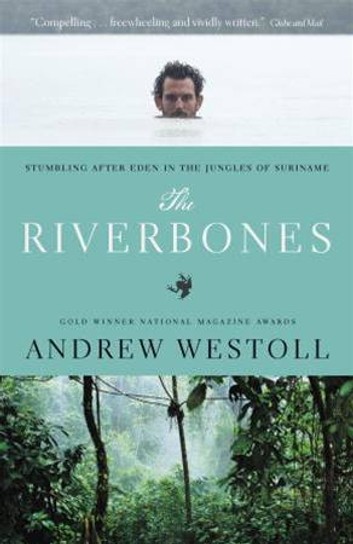 |
The RiverbonesAndrew Westoll A young man uncovers myth, history, and murder while searching for the soul of an unknown and magical place. Andrew Westoll spent a year living the dream of every aspiring primatologist: following wild troops of capuchin monkeys through the remote Central Suriname Nature Reserve, the largest tract of pristine rainforest left on earth. But that was only the beginning. Westoll maps the natural and human geography of this exotic land while hunting for closure to his strange obsession with it. In the end, he tells a spellbinding story of survival, heartbreak, mystery, and murder. Want to learn more about Prof. Westoll's research and teaching? Visit his profile here. |
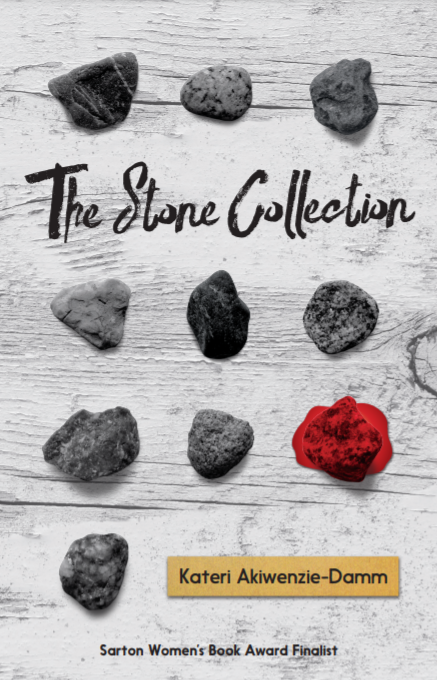 |
The Stone CollectionKateri Akiwenzie-Damm In these 14 unique stories, Kateri Akiwenzie-Damm takes on complex and dangerous emotions, exploring the gamut of modern Anishinaabe experience. Through unforgettable characters, these stories—about love and lust, suicide and survival, illness and wholeness—illuminate the strange workings of the human heart. Want to learn more about Prof. Akiwenzie-Damm's research and teaching? Visit her profile here. |
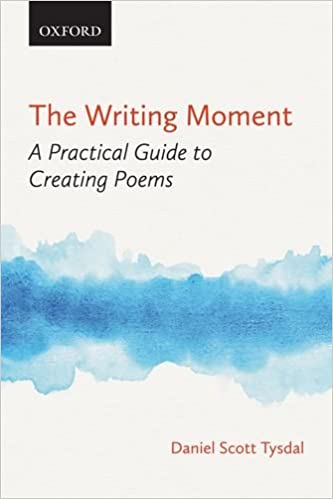 |
The Writing Moment A Practical Guide to Creating PoemsDaniel Scott Tysdal This practical guide to composing original, evocative poetry explores all aspects of the writing process-including finding inspiration, organizing ideas on paper, revising first drafts, and sharing poems with others. Accessible and encouraging throughout, this invaluable resource helps beginner poets find their voice and master the tools of the trade. Want to learn more about Prof. Tysdal's research and teaching? Visit his profile here. |
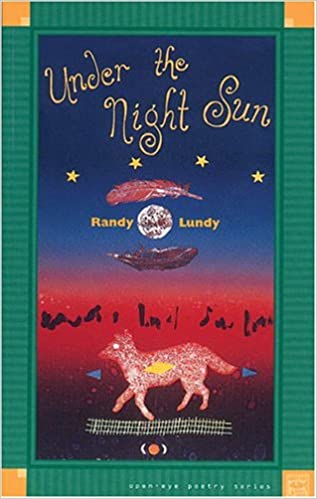 |
Under the Night SunRandy Lundy Under the Night Sun is poetry that mixes a picture of life's ruin for many urban aboriginal people with the celebration of nature and the connections possible between people of passion and spirit. Randy Lundy's words rasp like pavement on exposed skin when he writes the poetic portrait of people on the streets and in the bars and drunken bedrooms of despair. His words send a shiver up the spine with their edgy intimacy as he details the love and other things as powerful that can exist between people who have found possible salvation in each other. And his poems soar with joy when they become the moon songs which celebrate the beauty, wisdom and power of the earth and sky, and all things that existed long before people were here to experience their own fleeting agonies and joys. Want to learn more about Prof. Lundy's research and teaching? Visit his profile here. |